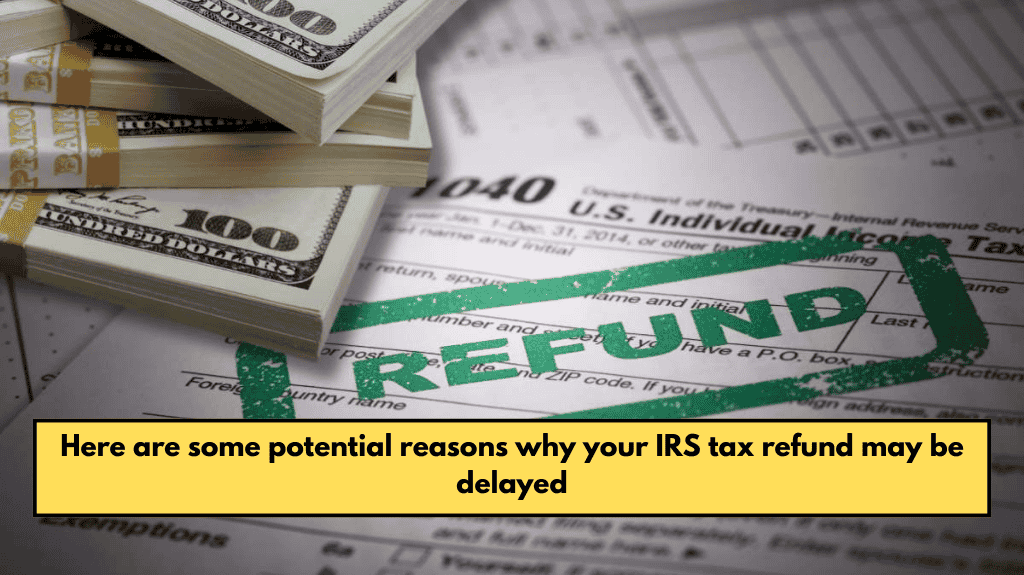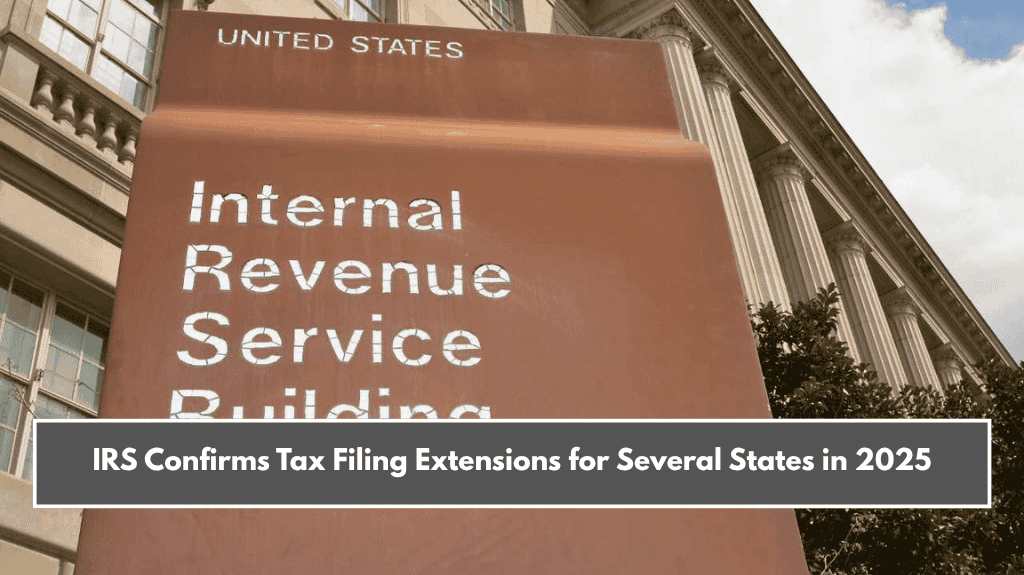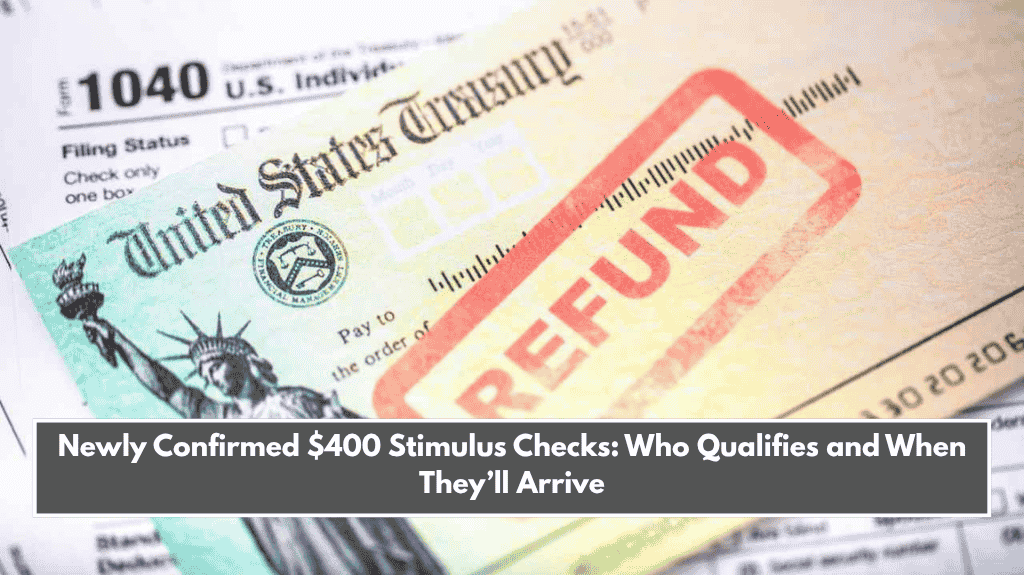Many people are wondering why their 2025 tax refund is taking so long. While the IRS usually sends refunds within 21 days if you file electronically, several things can slow down the process. From simple mistakes on your form to identity checks or changes in how refunds are paid, there are many reasons your money might not have arrived yet.
Common Reasons for IRS Tax Refund Delays in 2025
Most refunds go out quickly, but if there’s a mistake or missing information on your return, the IRS has to review it manually. This takes more time—sometimes up to six extra weeks. Things like a wrong Social Security number, bad math, or no signature can all cause a delay.
Another common reason is if you claimed certain tax credits, like the Earned Income Tax Credit (EITC) or Additional Child Tax Credit (ACTC). These credits are often targeted by fraud, so the IRS carefully checks these returns. Because of that, refunds can take up to 60 days.
Identity Verification Takes More Time
The IRS is very serious about checking identities. If the system sees something suspicious, like income that doesn’t match official records, it might hold your refund. The IRS will ask for proof of who you are before releasing the money.
This step is becoming more common because fraud has gone up in recent years. So, even if everything else on your return is correct, you may have to wait while the IRS confirms your identity.
Large Refunds or Unusual Deductions Could Be Flagged
If you’re expecting a refund over $10,000 or claimed something unusual, like big deductions that don’t match your history, the IRS might flag it. This means an extra review that could add up to 45 days of waiting time.
These checks are done to make sure people aren’t abusing the tax system or making false claims. It’s all part of keeping things fair and secure.
Changes in Refund Payments in 2025
Since November 2024, the IRS no longer sends paper checks. All refunds are sent through direct deposit. If there’s a mistake in your bank details, like a wrong routing number or a closed account, your payment could get delayed. Fixing these errors can add about three more weeks to your wait time.

How to Check Your Refund Status
You can check your refund status using the Where’s My Refund? tool on the IRS website. It updates once a day and asks for your Social Security number, filing status, and exact refund amount.
There’s also the IRS2Go mobile app that does the same thing and sends you push alerts. But if you filed a paper return, it usually takes six weeks to process—and sometimes even longer depending on your state.
Some States Are Slower Than Others
In North Carolina, for example, over 400,000 state refunds were delayed after PrintTech—the official check provider—shut down. The state is now working with banks to switch to direct deposit for everyone.
Also, not everyone has access to digital payment methods. About 12% of taxpayers still can’t use direct deposit. The government’s move to go 100% digital in 2025 is meant to reduce problems, but it’s also causing some delays for people without the right setup.
IRS Staff Cuts Are Causing Delays Too
In March 2025, the IRS cut its staff by 11%. That means fewer people are available to check returns and process refunds. According to a report, each worker now has 18% more work, so it’s taking longer to get everything done.
If your IRS refund is delayed, you’re not alone. Many people are facing the same issue due to extra checks, mistakes, changes in payment methods, and fewer IRS staff. The best thing you can do is double-check your tax return before filing and keep an eye on your refund status using the IRS tools. It might take longer, but your money is on the way. Here are some potential reasons why your IRS tax refund may be delayed.















